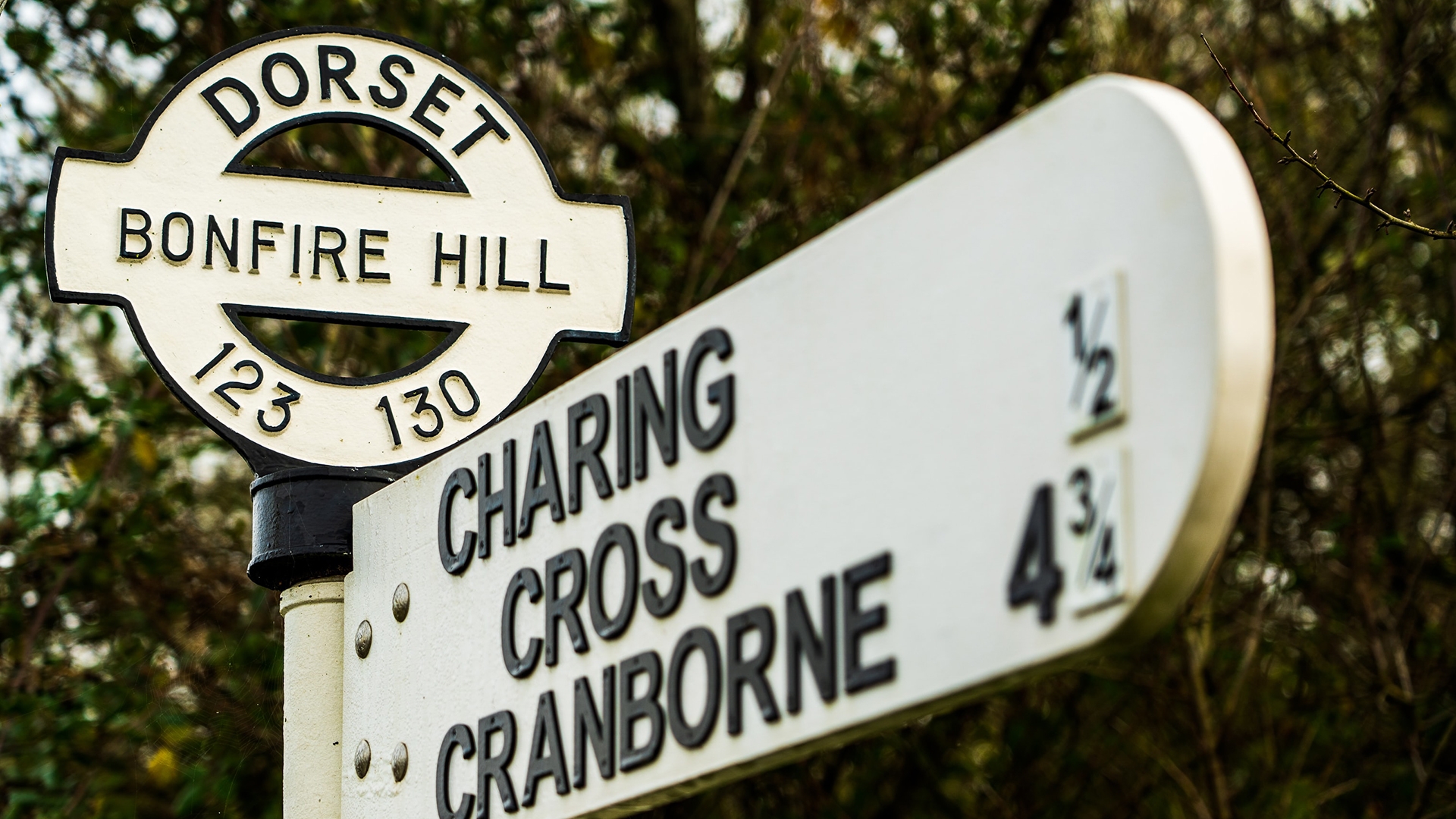The Association of Consumer Support Organisations (ACSO) responded to the Department for Transport call for evidence on the ‘Future of Transport: Rural strategy’.
Matthew Maxwell Scott, executive director of ACSO, said a “lack of sufficient transportation options or practical barriers to existing transportation systems can lead to social isolation, limited employment opportunities and an inability to access key services. People in rural areas travel approximately twice the distance of those in urban conurbations per year, which reflects the greater need to travel to access employment, social and economic goods and services and facilities including health care and education.
“The car is the overwhelmingly dominant mode of transport in rural areas. Only 5 per cent of households in rural areas do not own a car, compared with 43 per cent in urban areas. Moreover, 60 per cent of households in rural areas own two or more cars compared with 25 per cent of those in urban areas. In 2018/19, the number of car journeys made (as a driver or passenger) accounted for 79 per cent of trips for those in rural areas compared with 61 per cent for England as a whole.
“There are a number of reasons for the high level of car dependency in rural areas, not least because few destinations can be easily reached without a car. Rural areas account for 85 per cent of land in England and 18 per cent of the population. This low population density often means practical and affordable public transport is difficult to provide.”
On increasing the use of active travel modes in rural areas, Maxwell Scott said: “a lack of safe access to walking and cycling infrastructure is a common barrier to the uptake of these modes of transport, which again can result in higher levels of dependence on private cars. Roads in rural areas pose high risks for all road users, yet vulnerable road users (VRUs) are disproportionately affected. Of the 1,752 road deaths in 2019, the majority (57 per cent, or 994 deaths) occurred on rural roads. Cyclists, motorcyclists and car drivers are more than three times as likely to be killed per mile travelled on a rural road than on an urban road. For example, rural roads account for 31 per cent of pedal cycle traffic but 55 per cent of pedal cyclist fatalities.
“In order to realise the government’s vision of a “cycling and walking revolution”, as outlined in the Gear Change report, there is a need to introduce greater safety measures for pedestrians, cyclists and other VRUs while encouraging the uptake of active travel. Sustained investment is required to provide a comprehensive network of pedestrian and cycling routes.
“Furthermore, the Land Justice Network estimated that 90 per cent of the land in England and Wales is off-limits to the public, despite the designation of access land under the 2000 Countryside and Rights of Way Act. A freedom of information investigation of councils in England carried out by Cycling UK found that over the last decade, councils have only updated a total of 442 rights of way, thereby making them available for horse riding or cycling.
“Britain’s departure from the European Union creates an opportunity to increase public access to rural areas, and we welcome the inclusion within the Agricultural Act 2020 for financial assistance to be provided to farmers who support “public access and enjoyment of the countryside, farmland or woodland and better understanding of the environment”. It is important that the impact of the Act is reviewed by the government, not least as it contains no direct commitment to improving public access. For this reason, we urge the Department for Transport to consider other incentives designed to enhance and extend the rights of way network and encourage active travel.”
Maxwell Scott highlighted how developments in transport technology offer innovative new ways for people to travel. “Electric cars have less of a negative impact on the environment and lower operational costs than their petroleum-powered counterparts. Moreover, according to a report by the Australasian New Car Assessment Programme and the Insurance Institute for Highway Safety, the likelihood of passenger injuries in collisions involving electric vehicles is slightly lower, meaning they are safer to passengers than conventional vehicles.
“The number of electric cars on UK roads is expected to reach one million by 2025, rising to 11 million by 2040. In line with the demand for such vehicles – whether electric-only or hybrid models – there is a clear need for new electrical infrastructure across all regions of the UK. The poor provision of charging infrastructure is one of the greatest barriers to the growth of the electric vehicle market.
“Moreover, in order to realise the government’s ambition to create “one of the best [electric vehicle] infrastructure networks in the world”, it is essential that rural areas are not left behind. Market forces alone are unlikely to lead to the installation of charge points in rural and remote areas as the potential near-term customer base may be small and the cost of electricity may be high. As such, and echoing the recommendation made by the National Infrastructure Commission, the Department for Transport must consider subsidising the development of rapid-charge points in rural areas.”
ACSO members can read the submission in full on the members’ area of the website.
